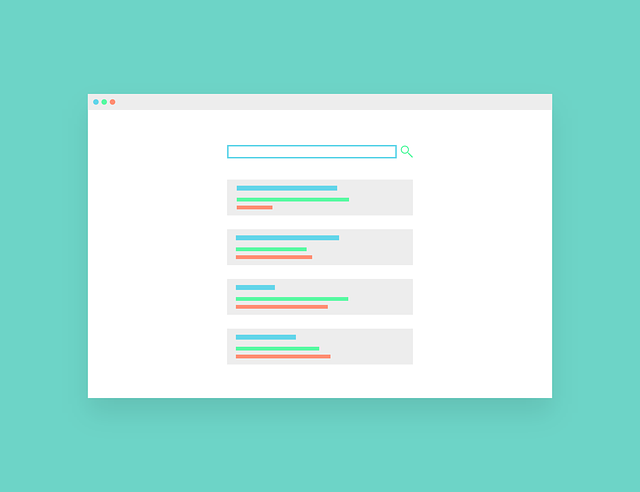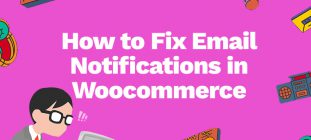
Advertising is one of the most popular and effective strategies to acquire customers. Unlike marketing strategies like PR, social media marketing or SEO that can take several weeks or even months to show results, advertising is often quick to test and execute.
There are a few challenges though. Unlike other popular marketing strategies, advertising requires a business to spend money upfront. You could face a working capital issue if your business has a lengthy sales cycle. In this article, we will take a look at effective advertising strategies that can help a business skirt working capital issues and get the maximum return on their investment.
Picking An Advertising Platform
Google Adwords and Facebook Ads are among the most popular online advertising tools that businesses use. While these platforms have the largest audiences, they also tend to be more expensive. This is because of the sheer number of competitors you have to deal with. In addition to the high costs, such platforms also have unique characteristics that can limit the kind of audiences you can attract.

For instance, Facebook is a discovery platform and users on this site are generally not in a buying mindset. Advertisers on this platform tend to focus on building a mailing list that can then be targeted with promos. This adds an additional layer to your sales cycle that brings conversions down. Google Adwords, on the other hand, attracts users looking to buy. However, there is little to no scope for your business to demonstrate authority through these ads.
A better alternative would be to target niche directories in your industry. For example, a learning management company may want to advertise on an LMS directory. Visitors to such directories are already primed up towards the software and are thus more inclined to buy. Also, advertising on such a platform could help you be listed ahead of other LMS providers and thus helps establish authority.
Choosing A Budget
Once you have identified the platform to advertise on, the next step is to pick your advertising budget. Each advertising platform has its own unique advertising strategy. On Google Adwords, for instance, advertisers are recommended to bid high initially before bringing your CPCs (Cost per click) down. This is because Adwords charges based on Quality Score (QS). Ads that are placed higher up get clicked more often and thus have better QS. This brings down your average CPC over time.
As a general rule however, it is important to not overspend on advertising before you can measure the ad performance. Use public tools like Keyword Planner or WordStream to identify the average ad costs and extrapolate this result to assess the costs for 100 clicks.
For instance, if the average CPC on an ad platform is $2, then you should be able to receive 100 clicks for around $200. Use this as your budget for the first round of testing. Once you spend $200 on your ad campaign, pause and measure the performance. Tweak your ads and repeat the process.

Addressing Working Capital Issues
Let us assume that the average visitor takes one month to convert. At a daily budget of $50, your business would need to spend at least $1500 over a month’s time before you see your first return on this investment. Depending on your industry and size, this can contribute to high working capital which can make your business vulnerable.
It is important to ensure that your advertising budget does not exceed your working capital at any point. To ensure this, advertisers need to start small and increase their budget over time. For instance, if you would want to keep your advertising working capital to under $1000 a month, do not exceed this in the first month. Once you start converting customers, use the profits from these transactions to reinvest in your advertising to scale this up. This way, you can scale your advertising without impacting your working capital.
Are you an online advertiser? Share your views and tips in the comments below.



















